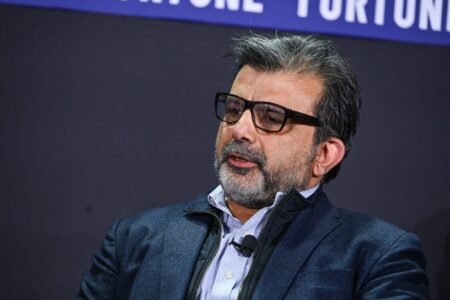As global demand grows for green shipping solutions, ammonia is emerging as a key carbon-neutral fuel for the future. Countries in Asia, especially Japan, China, and South Korea, are now competing for leadership in the new ammonia-powered ships market.
Japan has made a notable breakthrough with Sasaki Shipbuilding securing the world’s first order for an ammonia bunkering vessel. These ships are designed to carry and supply ammonia fuel to other vessels. Ammonia is seen as a promising alternative to traditional fuels because it emits no carbon when burned and has 1.5 times more energy density than liquefied hydrogen. It is also expected to become cheaper than natural gas as carbon emission costs rise.
However, carrying ammonia safely is a technical challenge. It must be kept at minus 33 degrees Celsius and stored in tanks that can handle its toxic nature. Japanese companies are tackling this issue with joint efforts. Mitsubishi Shipbuilding and Namura Shipbuilding are working with Mitsui O.S.K. Lines to create an advanced ammonia carrier. Experts note that while Japan’s shipbuilding sector has shrunk since the 1990s, it still leads in research and design for next-generation fuel vessels.
China is focusing on a different strategy. Instead of building specialized carriers, it is producing ammonia-powered general-purpose ships like bulk carriers and container ships. This approach matches China’s strength in building low-cost vessels. Chinese-built ships are over 20 percent cheaper than those from Korea. China State Shipbuilding Corporation has already secured global orders for ammonia-powered bulk carriers, container ships, and tankers — the first of their kind.
Korea, which has long relied on liquefied natural gas (LNG) carriers for revenue, now finds itself needing to shift direction. LNG ships once made up around half of Korea’s shipbuilding income, but orders have dropped sharply. Only eight LNG carriers were ordered worldwide in the first half of this year, compared to 65 during the same period last year. This 87.7 percent decline signals a turning point.
Korean shipbuilders are now using their LNG cargo tank experience to develop ammonia carriers. Since ammonia liquefies at a higher temperature than LNG, the technical barrier is lower for firms already building LNG tanks. This gives Korean companies a solid foundation for progress in the ammonia sector. In 2024, HD Korea Shipbuilding & Offshore Engineering won contracts for two ammonia carriers worth $245 million. Hanwha Ocean followed closely with a $240 million deal for two vessels.
Although it’s unclear what kind of green ship will replace LNG carriers as the new industry standard, Korea is determined to stay in the race. Experts believe that keeping a strong position in gas carriers while expanding into ammonia and liquefied hydrogen is essential.
At the same time, Korea cannot ignore China’s rapid progress. The International Energy Agency predicts that ammonia-powered ships will make up 8 percent of the global fleet by 2030 and rise to 46 percent by 2050. While China owns engine maker WinGD, its manufacturing technology still trails Korea’s. In fact, nearly half of HD Hyundai Marine Engine’s sales in the first quarter of 2025 came from Chinese shipyards, showing how dependent China is on Korean technology.
The real challenge for Korea lies in competing with China’s pricing. Korean ships may cost more, but they often perform better. Experts say that even a 3 percent increase in fuel efficiency can make up for a 20 percent higher price tag, especially as shipping companies prioritize long-term savings and sustainability.
Korea’s path forward will rely on strengthening its lead in ship quality and innovation. While it may not match China on cost, it can still lead on performance, safety, and environmental impact — all key factors in the future of maritime transport.







